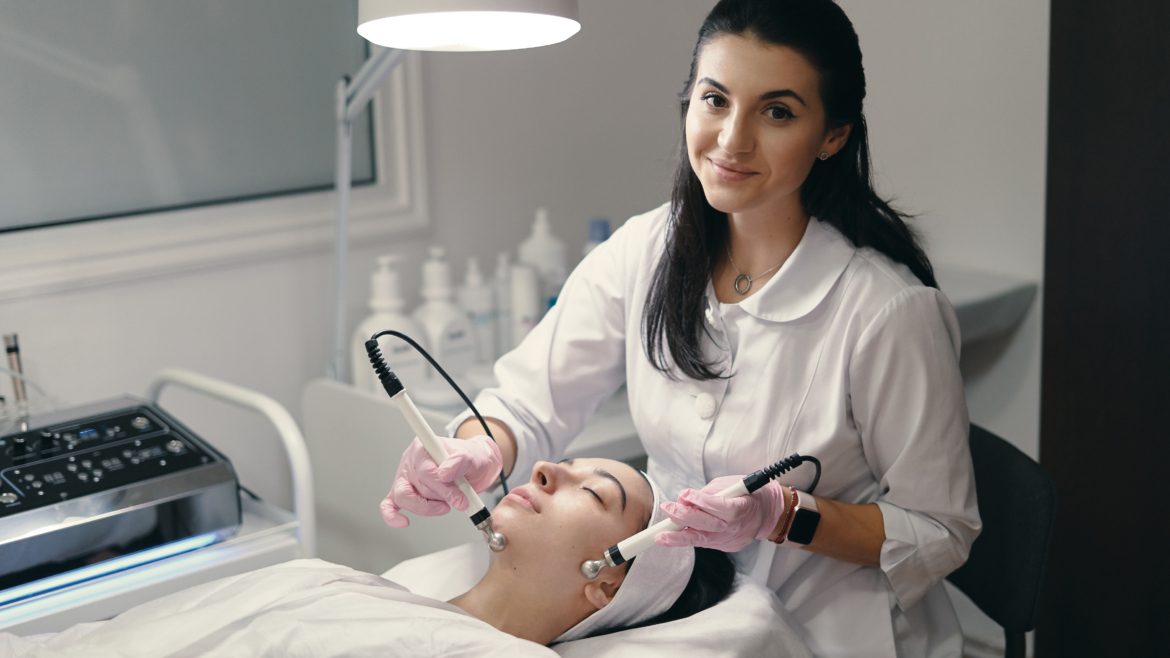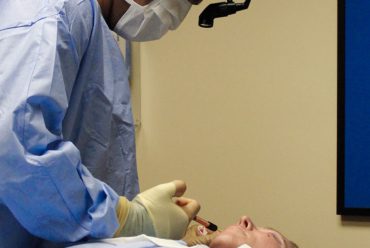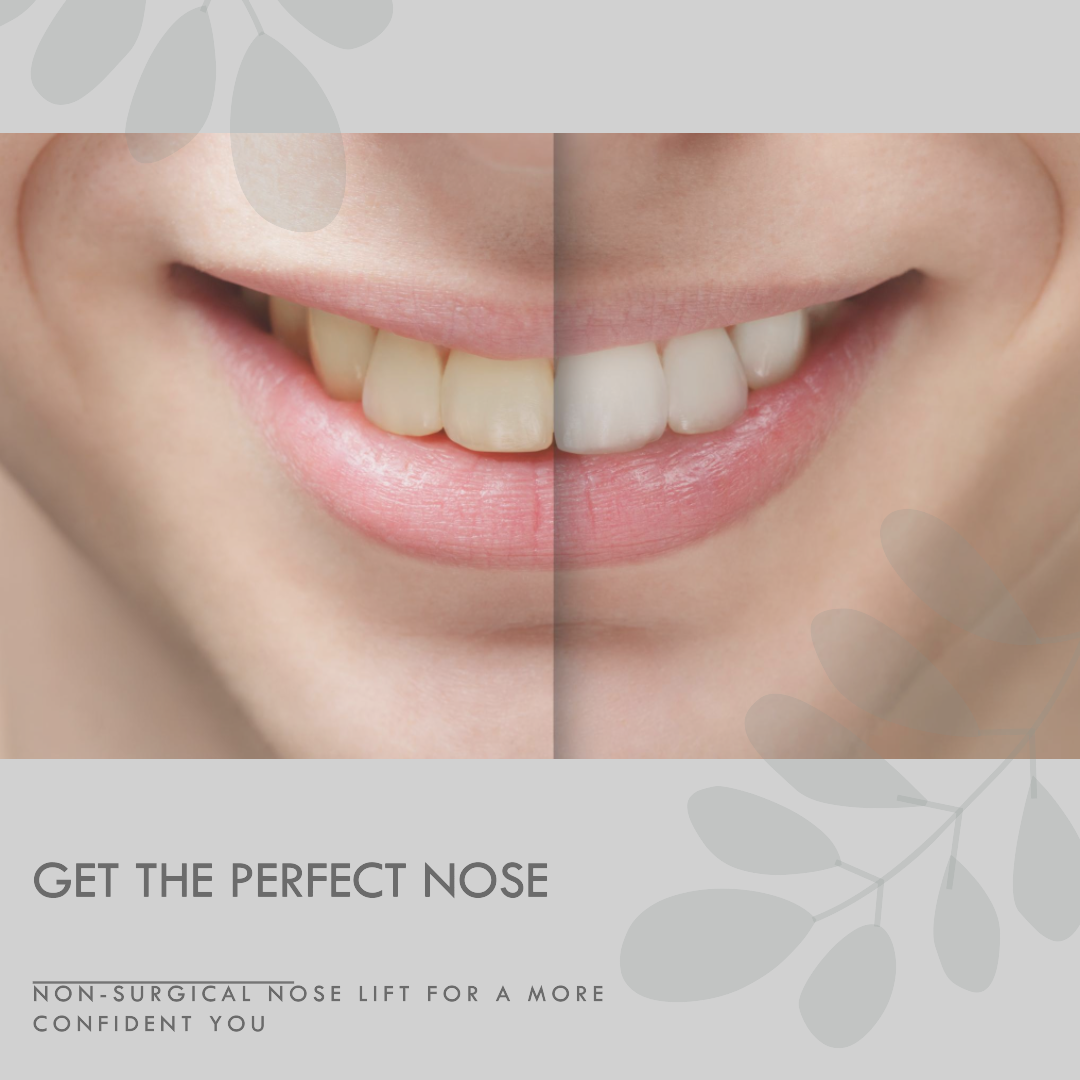Microdermabrasion (MDA) is a minimally invasive epidermal resurfacing procedure used to treat uneven skin tone/texture, photoaging, striae, melasma, and scars, including acne scars. It is widely available and one of the most common nonsurgical cosmetic procedures
Microdermabrasion (MDA) is a minimally invasive epidermal resurfacing procedure used to improve the appearance and texture of the skin. It is a popular nonsurgical cosmetic procedure that helps treat various skin concerns such as uneven skin tone, uneven skin texture, photoaging (skin damage caused by the sun), striae (stretch marks), melasma (dark patches on the skin), and scars, including acne scars.
During the microdermabrasion procedure, a handheld device is used to gently exfoliate the outermost layer of the skin. This device typically sprays tiny crystals onto the skin and then uses suction to remove the dead skin cells and crystals. The exfoliation process helps stimulate collagen production and promotes the growth of new, healthier skin cells.
Microdermabrasion is considered a safe and effective treatment for many skin types and can be performed on the face, neck, chest, hands, and other areas of the body. It is often used as a standalone treatment or in combination with other cosmetic procedures to enhance the results.
One of the advantages of microdermabrasion is that it is a relatively quick procedure with minimal downtime. Patients may experience mild redness and sensitivity after the treatment, but these side effects typically subside within a day or two. Multiple sessions are usually recommended to achieve the desired results, and maintenance treatments may be necessary to sustain the improvements.
It’s important to note that while microdermabrasion can provide noticeable improvements in skin appearance, it may not be suitable for severe skin conditions or deep scars. Consulting with a qualified dermatologist or skincare professional is advised to determine if microdermabrasion is the right treatment option for individual skin concerns.




